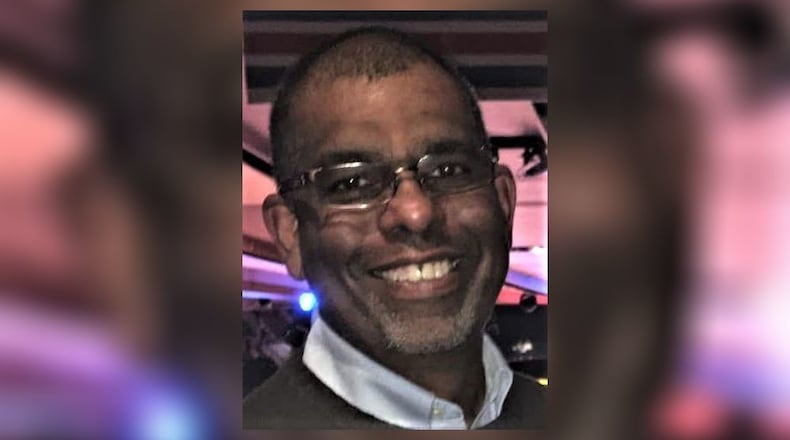I cringed when CNN and other left-leaning cable outfits noted that political candidates have, historically, been shot at, too. While true, that line of observation so soon after such a horrific event struck me as tone-deaf.
But I was unprepared — naïve maybe — for the fact that calls from Biden and Trump to tone down the rhetoric had the opposite of ratcheting it up. The right is up in arms because, from its view, Biden’s weaponized Justice Department helped spur hatred and disdain for Trump. The left screeches that Trump shares blame for his history of violent rhetoric.
Listening to this back and forth made me realize the rot has creeped deeper than I imagined. Facts have the value of a rusty penny. Obstinance is the new currency.
It didn’t used to be that way.
In 1974, CBS News anchor Walter Cronkite was the most trusted man in America, and nearly three in four Americans said they had faith in the media. Up until 2000, Republicans and Democrats held little animus toward each other.
The first signs of the rot started when the cable news business exploded. CNN, which launched in 1980, was the first 24-hour cable channel, and in 1996, MSNBC and Fox entered the market. By that year, media trust decreased to 53%.
Facebook (2004) and Twitter (2006) gave more voice to anti-left and anti-right crowds. They made it easier for people to connect and interact with only those who held their point of view.
Local newspapers closed at such a pace that today, about half of the counties in the U.S. have one or no news outlet. Since 2005, the county has lost 2,500 newspapers.
Those closures come with a steep cost. Communities became news deserts. News consumers kept losing the outlets that reported facts and did their best to be unbiased while reporting both sides of the story. Consumers then turned to social media for their news consumption void and began believing what they heard in their echo chambers. Now, biased content that attacks like-minded individuals has become the norm and led to this:
Only 32% of Americans trust the media, and that’s an all-time low.
Moreover, since 2000, the percentage of Americans who despise the other party — and that’s not overreacting — has skyrocketed by 600(!) percent. Now, nearly half of Republicans and four in 10 Democrats can’t stand each other.
The recent history of lawmakers making political points at every turn, and a partisan media that plays to one side or the other, share the blame in the problems we face.
But the rot manifests itself in those who refuse to acknowledge another point of view, only paying attention to voices that reflect what they think and are so convinced they’re right they ignore the possibility they may not be.
Blaming politicians and the media is akin to blaming an inability to lose weight on the ice cream and brownies you won’t give up.
I try to listen to as many points of view as possible. It’s an exhausting exercise of blame, accusation and vitriol. If there were a medical diagnosis for rot, that would be it.
I used to have hope that open dialogue around facts could cure some of the rot, but I don’t know anymore.
I hope we can do better. But after reading politicians’ outlandish statements, watching slanted news and listening to people who have bought into twisted messaging that fits their worldview, I don’t know that we can.
The data from the last 50 years tells us we can’t, and that the rot runs deep. An assassination attempt brought that into focus.
Ray Marcano’s column appears on these pages each Sunday,
About the Author
